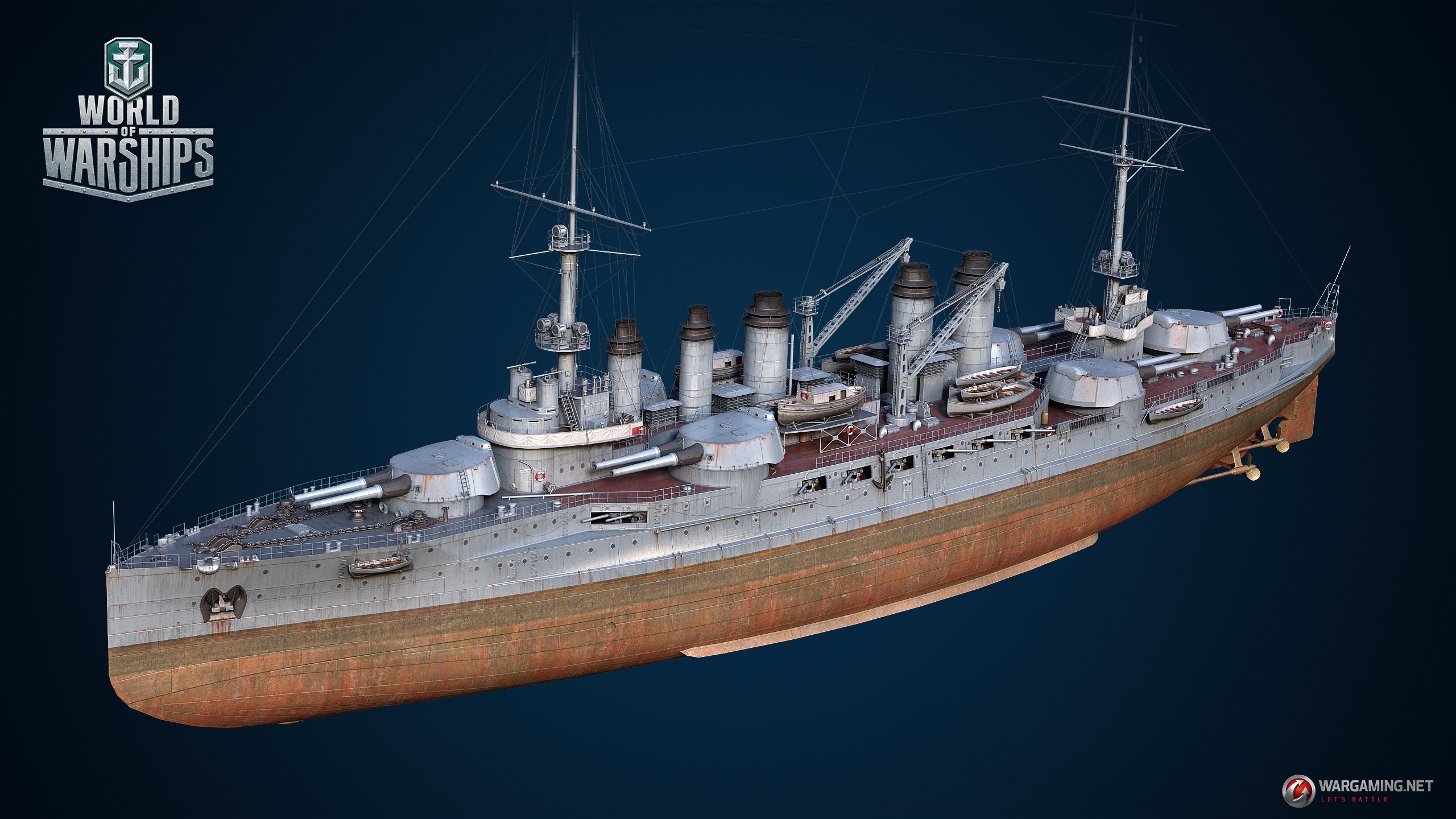

On July 3rd the British surprise the French ships in Plymouth and seize all of the French ships without violence with only one French sailor killed due to a misunderstanding. Most of the French navy was divided in three locations part in Alexandria Egypt where it had been part of the British Eastern Mediterranean squadron, a group of ships at the British base in Plymouth and a large squadron consisting of two battle cruisers, two battleships, an aircraft carriers, six light cruisers and numerous destroyers and auxiliary ships.Īt a June 27th 1940 meeting of the British government, it was decided under the urging of Churchill to take surprise action against the French ships to make sure that they do not fall into German hands. The French naval commander had as well sent out specific orders that under no circumstances were the ships to be allowed to fall into German hands and ordered them scuttled if that was the likely outcome.

The original surrender terms had called for the navy that was now primarily in North African ports to return to France to be disarmed but the Germans had agreed that the disarming could take place in North Africa. The French navy while not nearly as strong as the British navy still had many modern warships. When the French surrendered the British feared that the French navy would fall into German hands giving the Germans a significant naval boost.


 0 kommentar(er)
0 kommentar(er)
